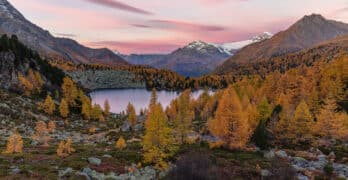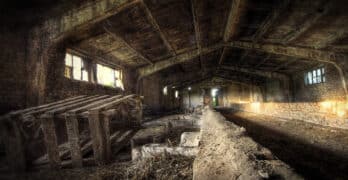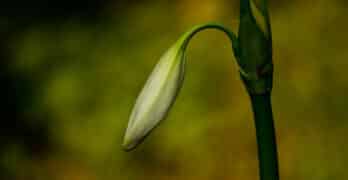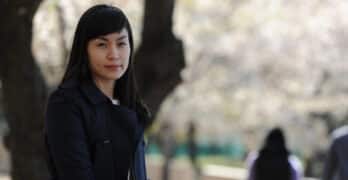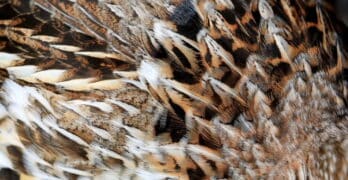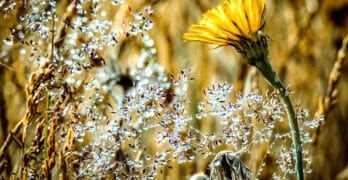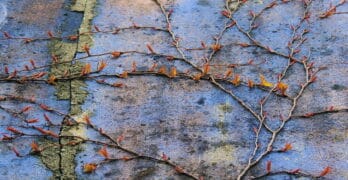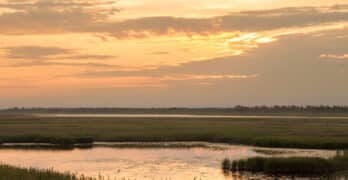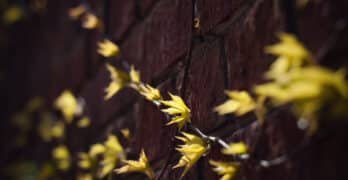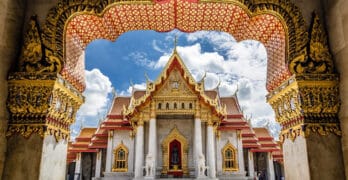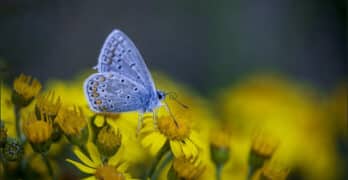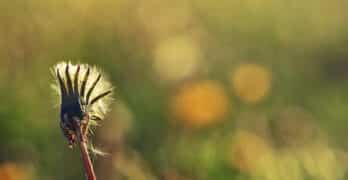Tweetspeak Poetry, and Henry Wadsworth Longfellow, wish you a very happy Thanksgiving Day, with a poem on harvest.
Poets and Poems: Autumn Williams and “Clouds on the Ground”
With “Clouds on the Ground,” poet Autumn Williams turned to poetry to help her deal with chronic fatigue syndrome.
The Manuscript of “The Waste Land” by T.S. Eliot
A manuscript facsimile edition of “The Waste Land” helps show how T.S. Eliot wrote the famous Modernist poem.
Poets and Poems: Steven Flint Embraces Haiku
Three collections of haiku poems, from among more than 30 by Steven Flint, focus on love, nature, and human relationships.
Poets and Poems: Katie Kalisz and “Quiet Woman”
“Quiet Woman,” the first poetry collection by Katie Kalisz, chronicles family life with a keen and insightful eye.
Poets and Poems: Alison Luterman and “Hard Listening”
In “Hard Listening: Poems,” Alison Letterman chronicles her past, her family, her life, and the music that helped shape who she is.
Poets and Poems: Patricia Clark and “Self-Portrait with a Million Dollars”
“Self-Portrait with a Million Nature” by poet Patricia Clark uses nature to frame poetry about the inevitable changes of life.
Poets and Poems: Paul Willis and “Orvieto”
Poet Paul Willis visits a walled medieval town of Orvieto in Italy, and he describes its art, churches, streets, monuments, and vineyards.
Poets and Poems: Gabrielle Myers and “Points in the Network”
In “Points in the Network: Poems,” Gabrielle Myers takes familiar, everyday subjects and makes you think you’re reading them for the first time.
Poets and Poems: Christine Rhein and “Wild Flight”
“Wild Flight: Poems” by Christine Rhein tells a story of how a boy’s displacement during World War II shaped his family for decades after.
Poets and Poems: Peter Murphy and “You Too Were Once on Fire”
In “You Were Once on Fire,” poet Peter Murphy describes the distance between the real and the ideal and a sense of things coming undone.
Poets and Poems: Donna Vorreyer and “Unrivered”
Poet Donna Vorreyer comes to grips with aging, grief, and longing in her fourth poetry collection, “Unrivered.”
Poet Sidney Lanier and the Lost Cause
As he began to write the manuscript that became his historical novel Brookhaven, author Glynn Young knew he would use a 19th century poet as a kind of infusion into the story.
Poets and Poems: Catherine Strisik and “Goat, Goddess, Moon”
In “Goat, Goddess, Moon,” poet Catherine Strisik takes us on a poetic journey through family and personal history in Greece and Crete.
Poets and Poems: Andrea Potos and “The Presence of One Word”
“The Presence of One Word: Poems” by Andrea Potos considers the things we retain in memory throughout our lives.
Poets and Poems: Mary Brown and “Call It Mist”
In “Call It Mist: Poems,” Mary L. Brown uses words like a surgeon’s scalpel, looking below the outwardly obvious to plumb rhe depths beneath.
Poets and Poems: The Three Collections of Pasquale Trozzolo
In his three poetry collections, Pasquale Trozzolo explores the pandemic lockdown, the end of a relationship, and life in a small town.
Poets and Poems: Boris Dralyuk and “My Hollywood”
In “My Hollywood and Other Poems,” Boris Dralyuk writes to the Hollywood of Russian emigres and the community they created there.
Poets and Poems: Teow Lim Goh and “Bitter Creek”
“Bitter Creek: An Epic Poem” by Teow Lim Goh tells the story of Chinese immigration and how it affected the American West.
Poets and Poems: Danelle Lejeune and “Incompleteness Theory”
In her new chapbook “Incompleteness Theory,” poet Danelle Lejeune successfully mixes poetry, science, and humor.
